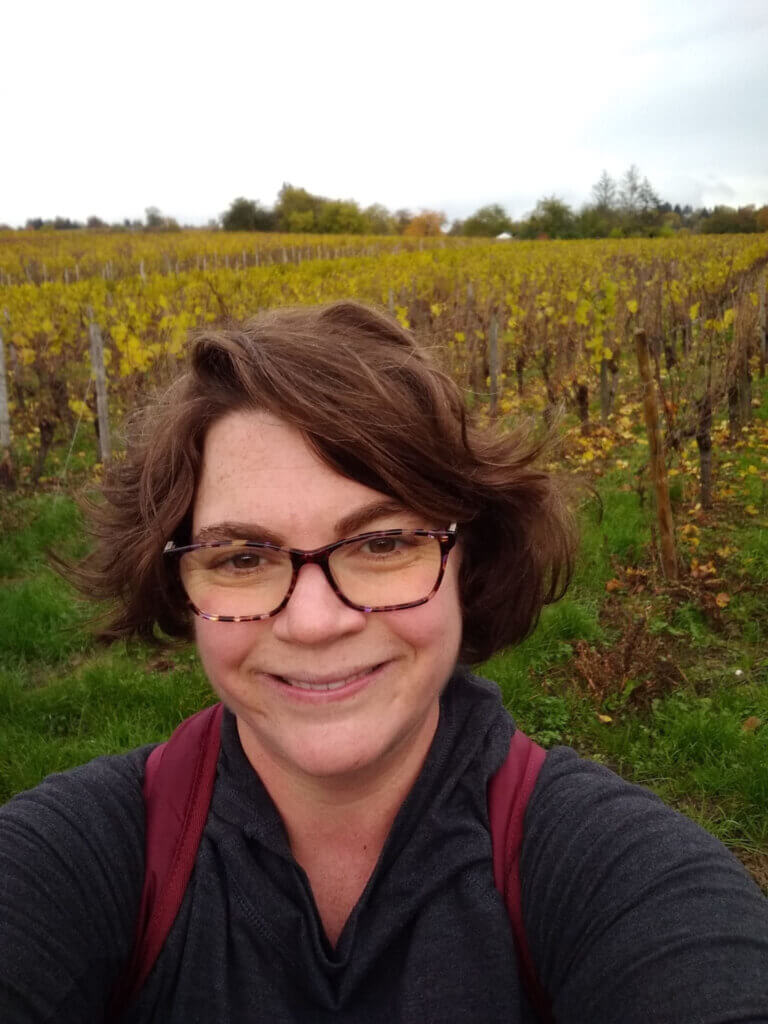As a professional calling, engineering draws people from all skills and backgrounds. Granted, many enter the profession because of early academic success in maths and sciences—engineering seems a natural fit or progression for these kinds of students. For others, like RST Instruments’ Mariel Plummer, Manufacturing Engineer at RST Instruments, the call comes from seemingly out of the blue.
“It was a whim,” Mariel Plummer says. “I was driving past a gas station one day. I was like, ‘I could be an engineer’—with actually no evidence behind that. I didn’t really know what an engineer was.”
Mariel explains that after completing a bachelor’s and master’s degree in history from the University of Winnipeg, she was unsure of what to do next—commit to a Ph.D. in the humanities and the life of an academic or pursue another direction—until inspiration struck as she drove past a fateful gas station. Invigorated by the idea, Mariel soon enrolled in a math class to see if she enjoyed the work more than in high school.
“Coming out of high school, I was terrible at sciences, terrible at math,” Mariel says.
She credits a fantastic history teacher in high school for her initial academic direction in the humanities. Soon, one math class led to another and she found herself applying to engineering programs across Canada.
“[Math] started to make more sense to me when I realized it’s actually just a language and equations are sentences and they’re just tools we use to describe the physical world,” Mariel says. “But I had to get it on terms that I would understand it. That previous education was in language as well. French, German, Latin. That’s how I had to make it make sense to me.”

She began an engineering degree at the University of British Columbia. She was encouraged by the program’s collaborative environment and culture.
After graduating in 2016, Mariel immediately begun work for a former professor at the Norman B. Keevil Institute of Mining Engineering. During her contract, she created reports and proposals focused on artisanal mining activities in South America. Also during this time, Mariel met a colleague, Adriana Gonçalves, who would eventually become RST Instruments’ Director of Sales in Latin America.
Later, Adriana let Mariel know of a new opportunity for a technical writer at RST Instruments.
“She’s been my biggest champion the whole way,” Mariel says.
Mariel got her start at RST in 2018, drawing on her combined expertise with engineering and writing to create client-facing documentation.
Now, Mariel helps drive solutions for mechanical processes for the RST Instrumentation production floor in Maple Ridge, BC. She makes sure the operators have the training and tools they need to build RST’s highly tuned and calibrated geotechnical instrumentation for clients around the globe.
International Women in Engineering Day (INWED) began in the United Kingdom by the Women’s Engineering Society in 2014 to encourage girls and young women to consider career opportunities in engineering.
According to Engineers Canada, women account for less than 13 percent of practising professional engineers in Canada. While enrollment in university programs steadily increases, under-representation for women in the engineering profession remains a reality.
As a company that seeks to create a workplace community that promotes equity and inclusion, Measurand recognizes the importance of supporting women in engineering as the profession grows. This June 23, we are proud to observe International Women in Engineering Day. [#INWED21]
You can read past IWED content on Measurand’s blog: The women who help shape the world: International Women in Engineering Day 2020 and Transforming the Future: International Women in Engineering Day 2019.